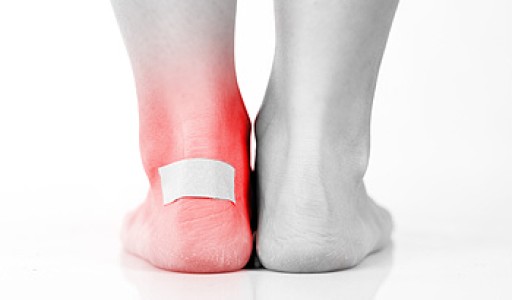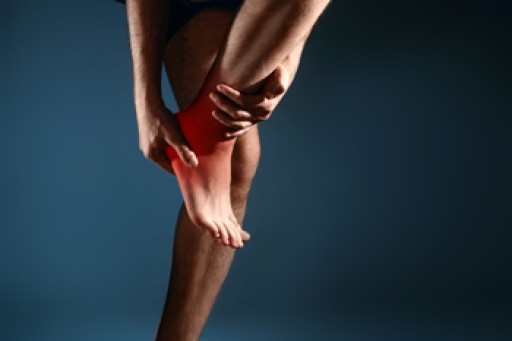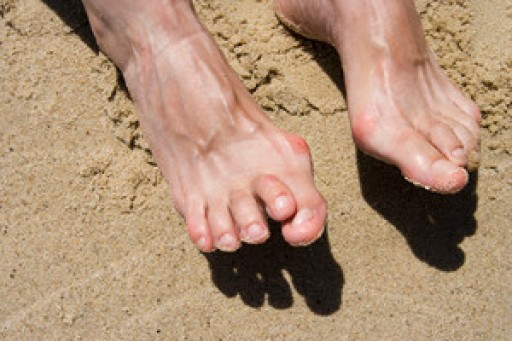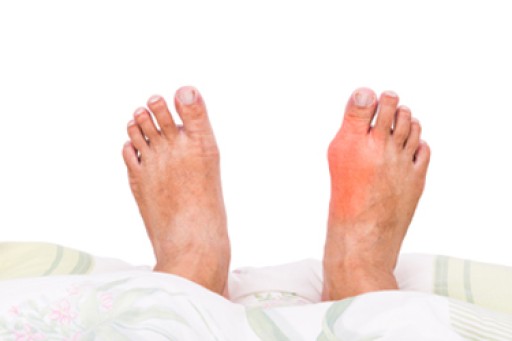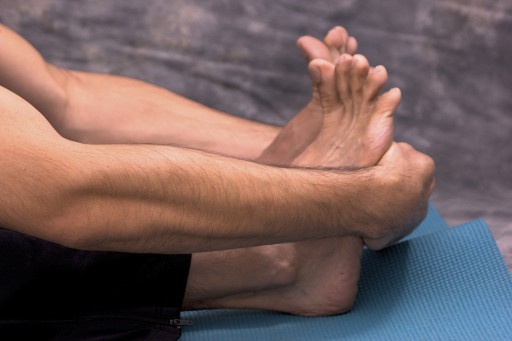 Many people enjoy hiking. Blisters can develop as a result of the miles that are walked on uneven surfaces, and they can be uncomfortable. Excessive friction is a reason blisters can form, which can be caused by wearing shoes and socks that do not fit correctly. A blister is defined as the body’s natural ability to heal damaged skin. A small bubble that is filled with protective fluid forms over the affected area, and will gradually drain as new skin forms. Research has indicated the importance of properly caring for your feet before beginning a hike. These methods can include treating an existing foot fungus, walking barefoot to toughen the skin, and keeping the toenails trimmed. If a blister develops, it can help to protect it with an elastic bandage while hiking is pursued. If you would like additional information about blisters, or if you have a blister that has become infected, please consult with a podiatrist.
Many people enjoy hiking. Blisters can develop as a result of the miles that are walked on uneven surfaces, and they can be uncomfortable. Excessive friction is a reason blisters can form, which can be caused by wearing shoes and socks that do not fit correctly. A blister is defined as the body’s natural ability to heal damaged skin. A small bubble that is filled with protective fluid forms over the affected area, and will gradually drain as new skin forms. Research has indicated the importance of properly caring for your feet before beginning a hike. These methods can include treating an existing foot fungus, walking barefoot to toughen the skin, and keeping the toenails trimmed. If a blister develops, it can help to protect it with an elastic bandage while hiking is pursued. If you would like additional information about blisters, or if you have a blister that has become infected, please consult with a podiatrist.
Blisters may appear as a single bubble or in a cluster. They can cause a lot of pain and may be filled with pus, blood, or watery serum. If your feet are hurting, contact one of our podiatrists of Canonsburg Podiatry Associates. Our doctors can provide the care you need to keep you pain-free and on your feet.
Foot Blisters
Foot blisters are often the result of friction. This happens due to the constant rubbing from shoes, which can lead to pain.
What Are Foot Blisters?
A foot blister is a small fluid-filled pocket that forms on the upper-most layer of the skin. Blisters are filled with clear fluid and can lead to blood drainage or pus if the area becomes infected.
Symptoms
(Blister symptoms may vary depending on what is causing them)
- Bubble of skin filled with fluid
- Redness
- Moderate to severe pain
- Itching
Prevention & Treatment
In order to prevent blisters, you should be sure to wear comfortable shoes with socks that cushion your feet and absorb sweat. Breaking a blister open may increase your chances of developing an infection. However, if your blister breaks, you should wash the area with soap and water immediately and then apply a bandage to the affected area. If your blisters cause severe pain it is important that you call your podiatrist right away.
If you have any questions, please feel free to contact our office located in Canonsburg and McMurray, PA . We offer the newest diagnostic and treatment technologies for all your foot care needs.
